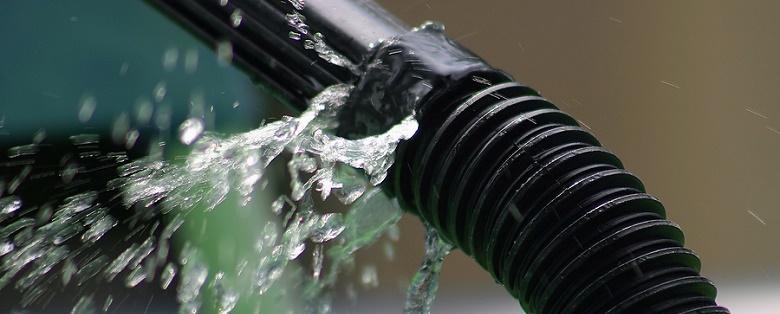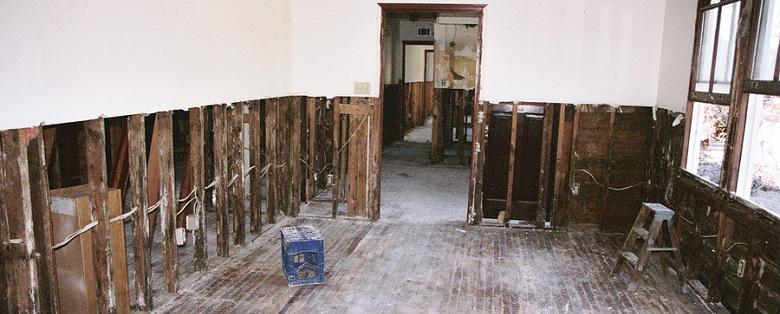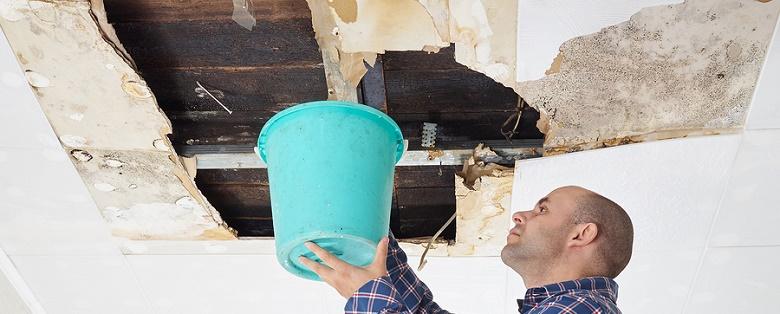
When most people think about the cause of water damage, they think of an overflowing appliance or a broken water supply pipe. Unfortunately, much of the damage sustained in homes and buildings is caused by leaks that are difficult to detect and exist for a long time before they are discovered.
In these circumstances, finding the source of the leak is the key concern. Fortunately, there are a number of leak detection devices available today that can alert homeowners of a leak. These devices are very useful in preventing ongoing damage that could require expensive water damage repair.
What Is The Function of Leak Detection Systems?
Leak detection systems alert whenever the presence of moisture outside of a pipe or appliance is detected. They are designed to prevent damage to the surrounding area and reduce water waste. They are two types available: passive and active, both of which works in a slightly different way. These inexpensive alert systems can be invaluable in preventing the extensive water damage that slow, undetected leaks can cause over time.
How Do They Work?
Both passive and active leak detection systems identify the presence of water in basically the same way. These systems have sensors that sound an alarm if they become wet or detect high moisture levels that suggest a leak could be nearby. The sensors are electrical probes that react whenever they come in direct contact with water or if condensation is detected.
Since they are sensitive to both condensation and actual water, detectors will alert as long as they are positioned close to a source of moisture and mounted to the wall or set on the floor. When a leak is detected, the system sounds a loud alert and will do so for up to 72 hours. These simple, yet effective alerts are very useful in preventing the type of damage that could require water damage repair.
Passive and Active Systems
The main difference between passive and active leak detection systems is that a passive unit only alerts to the presence of a leak that could cause water damage, while an active system can actually stop the leak. Active systems include shutoff valves that are mounted in an appliance hose or other water feed that will shut off automatically when the alert sounds.
Different System Types
Besides the main difference of passive or active detection, a homeowner can purchase leak monitoring systems that prevent the need for water damage repair in a number of ways. They are available as battery-operated units that can monitor a room such as a basement or bathroom. Other units can be set up near water-using appliances, water heaters, pipes, fish tanks, or other suspect areas.
There are also whole-house, hardwired systems that integrate multiple sensors run by a single control panel. Many whole-house systems can be connected to home security systems for an added degree of damage prevention.
One of the easiest and least expensive ways to prevent costly water damage in a home is with leak detection monitors. Whether used individually next to water using appliances and other susceptible areas or as a whole-house system, these detectors alert if there is water where it should not be. Alerted homeowners can then promptly resolve the leak before it makes any kind of water damage repair necessary!

